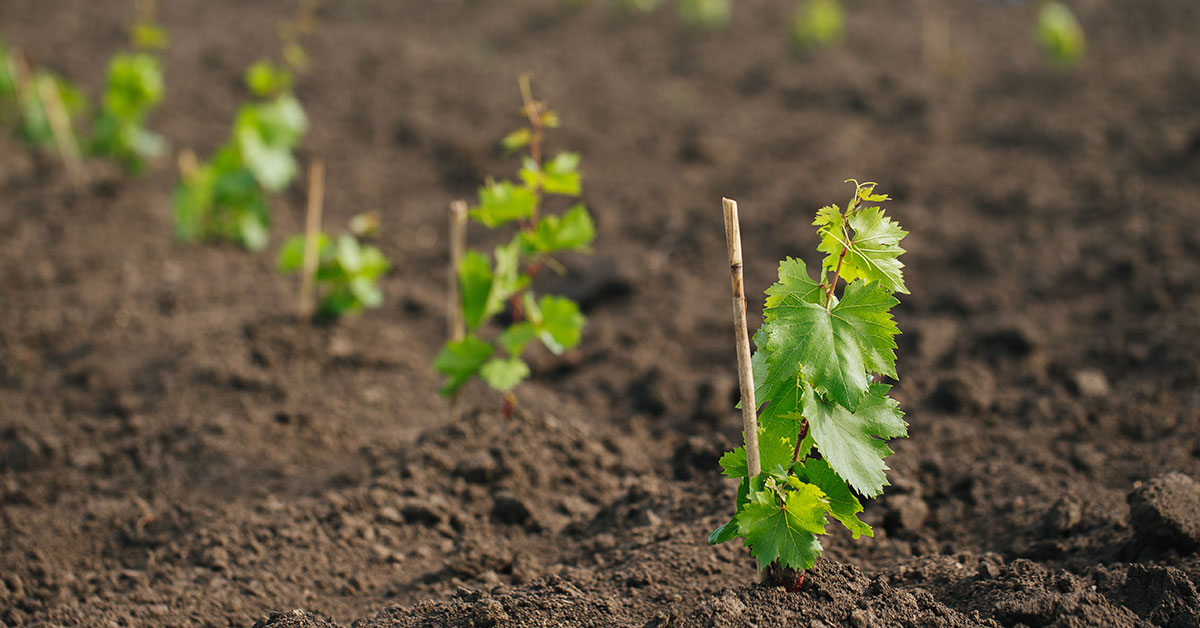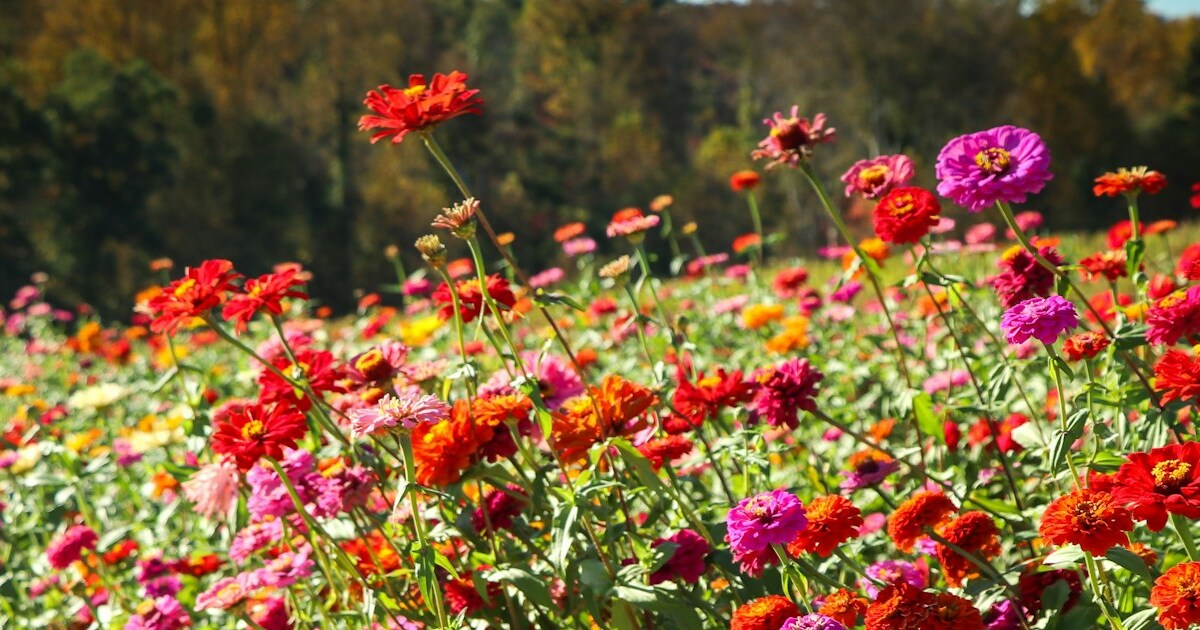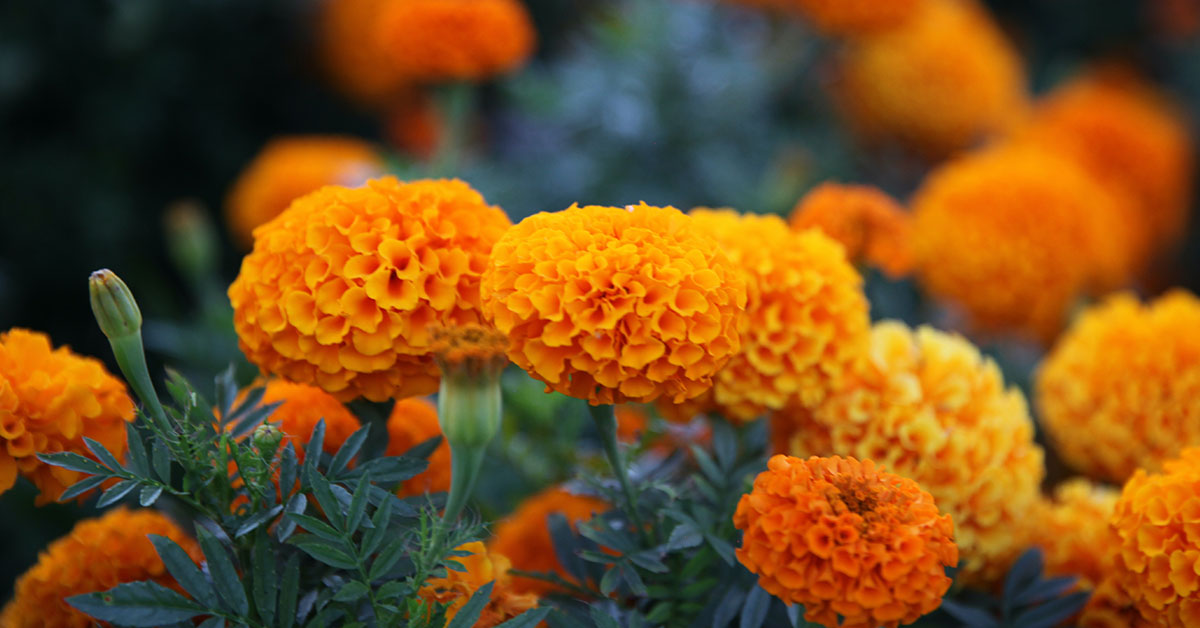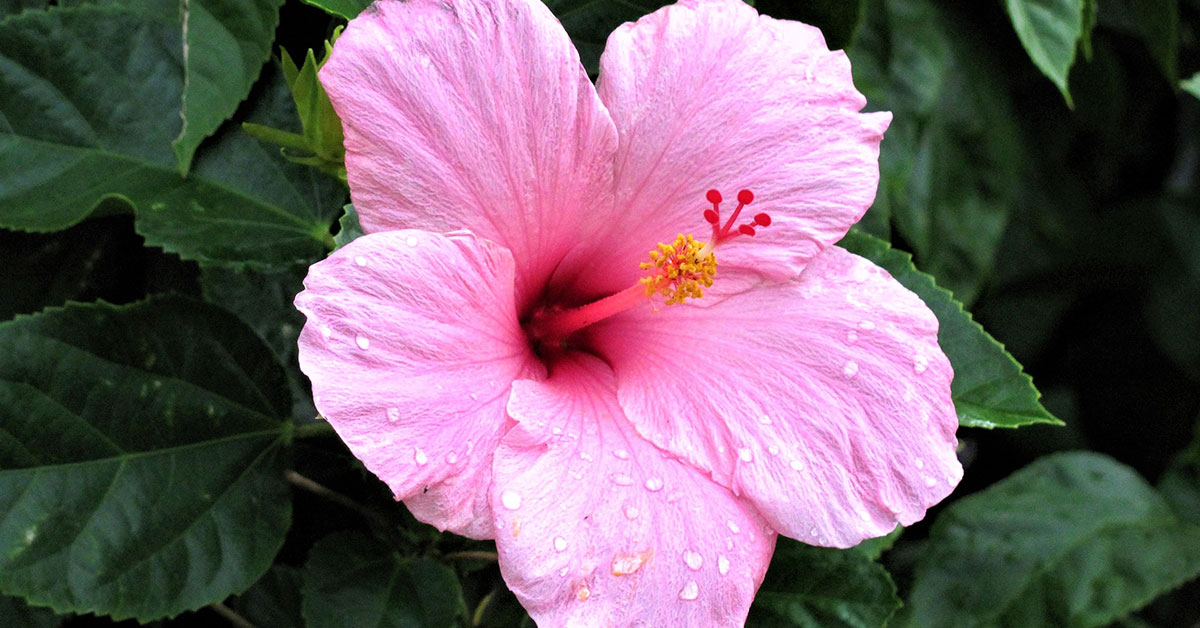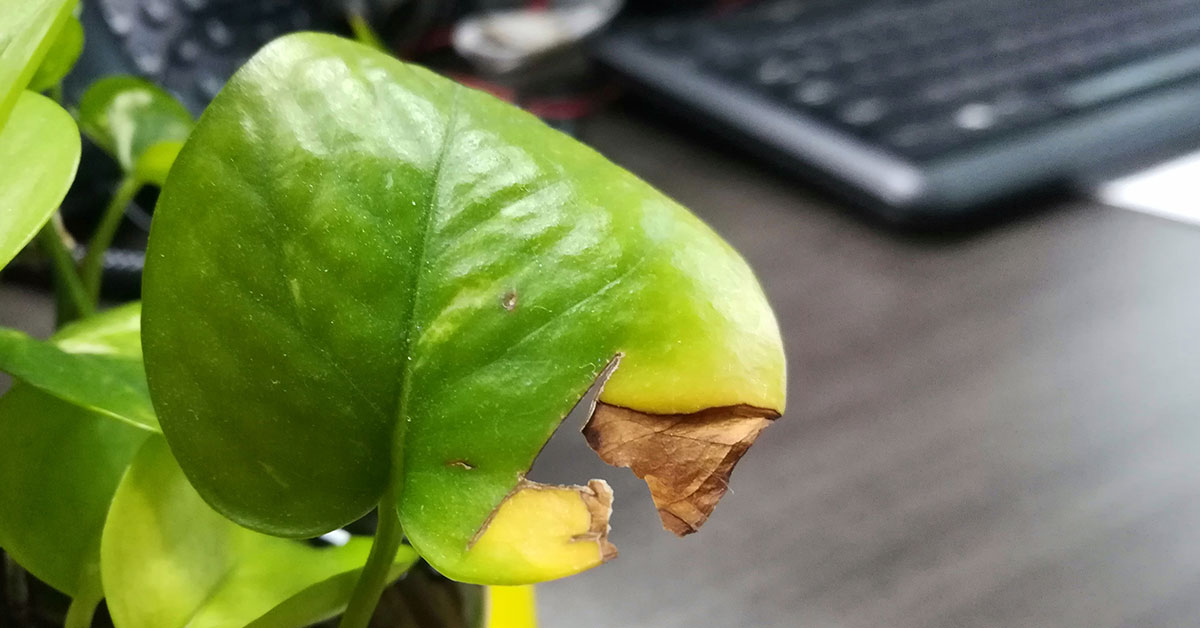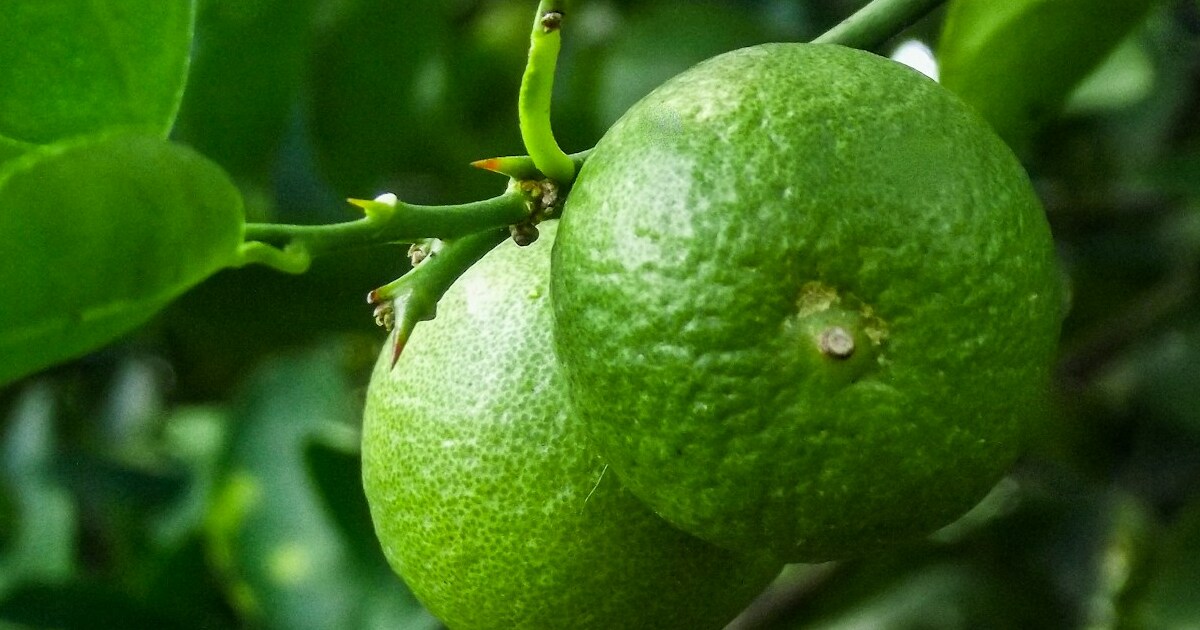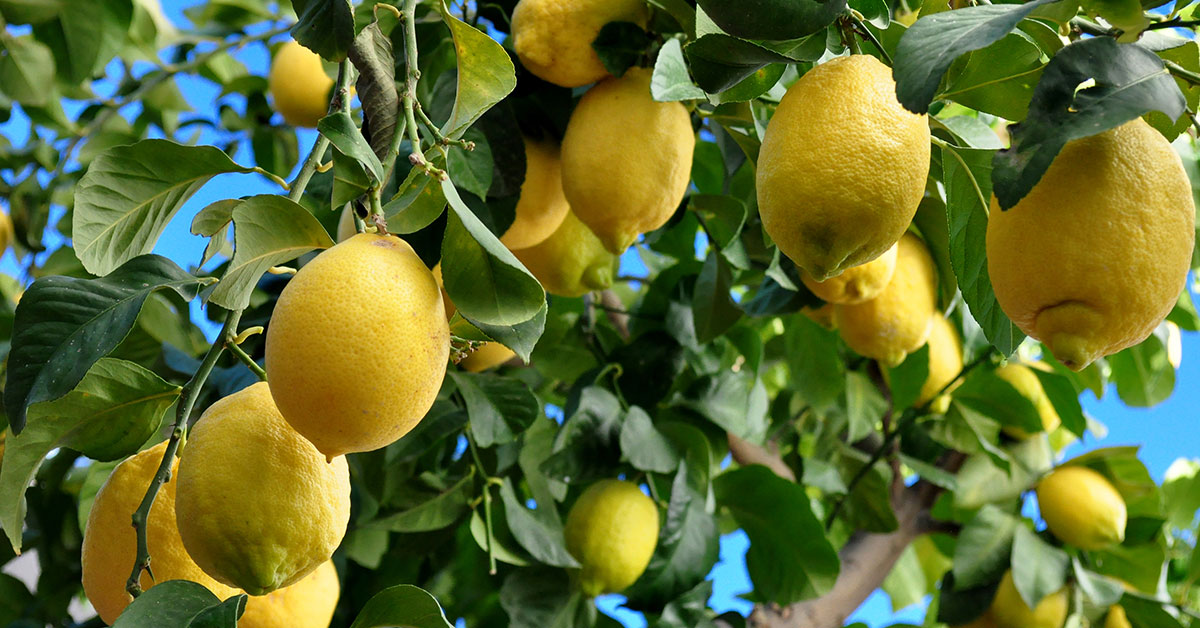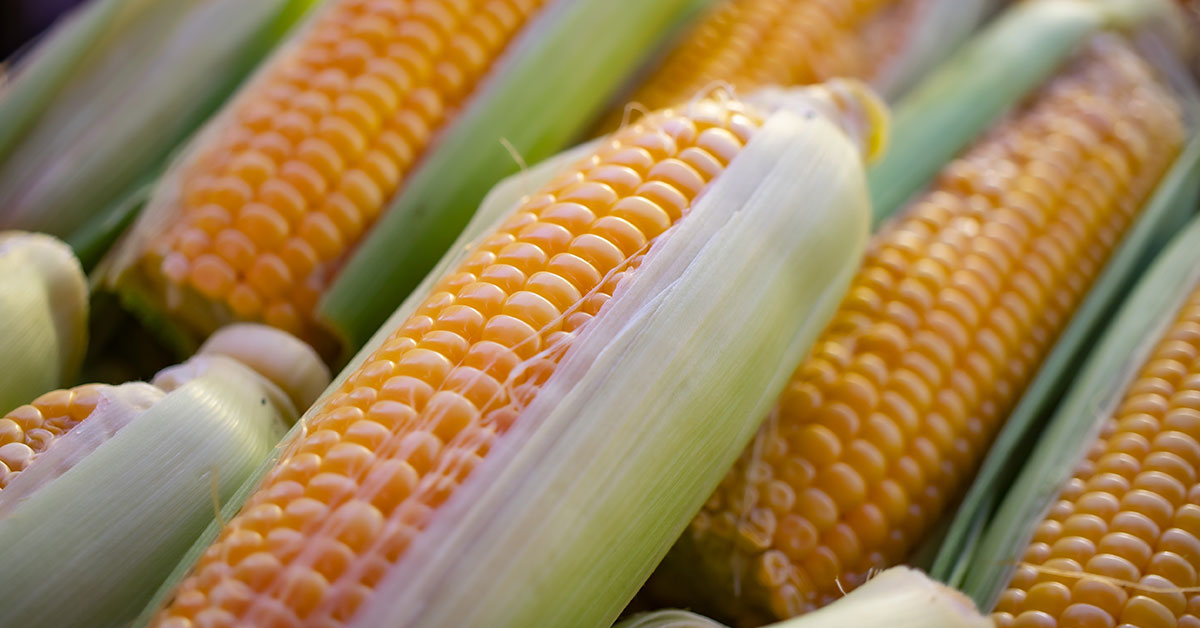Welcome to the world of grape cultivation in Zone 8! If you are a gardening enthusiast residing in this region, you are in luck, as Zone 8 offers favorable conditions for growing grapes. With its mild winters and long, warm summers, this zone provides an ideal environment for grapevines to thrive. However, timing is crucial when it comes to planting grapes, as it ensures the best chance of success. In this article, we will explore the optimal time to plant grapes in Zone 8, taking into consideration the specific climatic conditions and the characteristics of grapevines.
Whether you are a seasoned grape grower or a beginner looking to embark on this delightful journey, read on to discover the perfect planting window for your grapevines in Zone 8.
Best grape varieties to grow in Zone 8
In Zone 8, which is characterized by mild winters and warm summers, there are several grape varieties that thrive. Here are some grape varieties that are well-suited for Zone 8:
- Muscadine Grapes (Vitis rotundifolia): Muscadines are native to the southeastern United States and are well-adapted to the hot and humid conditions of Zone 8. They are disease-resistant and require minimal maintenance. Popular varieties include ‘Carlos’, ‘Noble’, and ‘Scuppernong’.
- Black Spanish (Lenoir) Grapes (Vitis aestivalis): Black Spanish grapes are known for their resistance to Pierce’s disease, a common problem in warmer regions. They produce medium-sized, dark-skinned grapes that are suitable for winemaking and fresh consumption.
- Blanc du Bois Grapes: Blanc du Bois is a white grape variety that is highly resistant to fungal diseases and thrives in hot and humid climates. It produces crisp, fruity wines and is well-suited for both table grape production and winemaking.
- Cynthiana (Norton) Grapes (Vitis aestivalis): Cynthiana, also known as Norton, is a red grape variety that is highly resistant to diseases and can tolerate hot and dry conditions. It produces full-bodied, deeply colored wines.
- Champanel Grapes: Champanel is a hybrid grape variety that is well-adapted to Zone 8. It is disease-resistant and produces large clusters of blue-black grapes with a sweet flavor. It is suitable for both table grape production and winemaking.
It’s important to note that while these grape varieties are well-suited for Zone 8, specific microclimates within the zone can vary. It’s always a good idea to consult with local nurseries or agricultural extension offices for more specific recommendations based on your exact location within Zone 8.
When to plant grape vines in Zone 8
In Zone 8, the best time to plant grape vines is typically in late winter to early spring or in the fall. However, it’s important to note that the specific timing may vary slightly depending on the state within Zone 8. Here’s a breakdown of the best planting times for grape vines in each of the states within Zone 8:
- Alabama: Late winter to early spring (February to March) is the ideal time for planting grape vines in Alabama.
- Florida: In Florida, fall (September to October) is generally the best time to plant grape vines. This allows the plants to establish their roots before the hot summer months.
- Georgia: Late winter to early spring (February to March) is the recommended time for planting grape vines in Georgia.
- Louisiana: Late winter to early spring (February to March) is the ideal time for planting grape vines in Louisiana.
- Mississippi: Similar to other states in Zone 8, late winter to early spring (February to March) is the best time for planting grape vines in Mississippi.
- South Carolina: Late winter to early spring (February to March) is the recommended time for planting grape vines in South Carolina.
- Texas: In Texas, the best time to plant grape vines varies depending on the specific region within the state. Generally, late winter to early spring (February to March) is suitable for most areas, but in the southern parts of Texas, fall (October to November) can also be a good time.
It’s important to consider local weather conditions and frost dates when determining the exact planting time in each state within Zone 8. Additionally, it’s advisable to choose grape varieties that are well-suited to the specific climate and soil conditions of your area.
How to grow grapes in Zone 8
Growing grapes requires careful planning and attention to detail. Here are the steps and considerations involved in successfully growing grapes:
- Climate and Site Selection: Grapes thrive in areas with a Mediterranean climate, characterized by warm summers and mild winters. Choose a site that receives full sun exposure and has good air circulation to prevent diseases. Ensure the soil is well-drained and has a pH level between 5.5 and 7.0.
- Grape Variety Selection: Select grape varieties that are suitable for your climate and intended use (eating, winemaking, or both). Consult with local nurseries or agricultural extension services to determine the best varieties for your region.
- Soil Preparation: Prepare the soil by removing weeds, rocks, and debris. Amend the soil with organic matter, such as compost, to improve drainage and fertility. Conduct a soil test to determine if any specific nutrients need to be added.
- Planting: Plant grapevines in early spring or late fall, when the soil is workable. Dig a hole deep and wide enough to accommodate the root system of the vine. Place the vine in the hole, ensuring the graft union (if present) is above the soil line. Backfill the hole with soil, gently firming it around the roots.
- Trellis and Support Systems: Install a trellis or support system to train the grapevines. This helps with proper air circulation, sunlight exposure, and ease of maintenance. Common trellis systems include the T-shaped, V-shaped, or pergola-style trellises.
- Pruning and Training: Pruning is crucial for grapevines to control growth, improve fruit quality, and maintain a healthy plant. Prune during the dormant season to remove old wood and shape the vine. Train the main stem along the trellis and select the strongest lateral shoots to be trained as fruiting canes.
- Watering: Provide regular and consistent watering, especially during the growing season. Grapes require deep watering, ensuring the root zone is adequately moist. Avoid overwatering, as it can lead to root rot and other diseases.
- Fertilization: Apply a balanced fertilizer in early spring, before bud break, to provide necessary nutrients. Avoid excessive nitrogen fertilization, as it can promote excessive vegetative growth at the expense of fruit production.
- Pest and Disease Management: Monitor grapevines regularly for pests such as aphids, mites, and grapevine moths. Use organic or integrated pest management techniques to control pests. Common diseases include powdery mildew, downy mildew, and black rot. Use appropriate fungicides and practice good cultural practices to prevent disease outbreaks.
- Harvesting: Grapes are typically ready for harvest in late summer or early fall, depending on the variety. Harvest when the grapes reach their desired sweetness and color. Gently cut the clusters from the vine, being careful not to damage the fruit.
Remember, growing grapes requires patience and ongoing care. Regular maintenance, including pruning, training, and pest management, will ensure healthy vines and a bountiful harvest.
When to harvest grapes
In Zone 8, the ideal time to pick grapes will depend on the specific grape variety you are growing. However, as a general guideline, grape harvesting usually takes place in late summer to early fall, typically between August and October.
To determine the exact time for picking, you should consider the following factors:
- Grape variety: Different grape varieties have varying maturation periods. Some varieties ripen earlier, while others take longer. It is essential to know the specific variety you are growing and its average ripening time.
- Taste and sugar content: Grapes are typically harvested when they reach their desired sweetness level. This is determined by regularly testing the sugar content using a refractometer or by tasting the grapes. The ideal sugar content for harvesting grapes is usually around 22-24 Brix.
- Color and texture: The color of the grape berries is another indicator of ripeness. Red and black grape varieties will develop their characteristic color when fully ripe. Additionally, the texture of the grape berries should be slightly soft and plump, indicating maturity.
- Weather conditions: Keep an eye on the weather forecast as harvest time approaches. If heavy rains or frost are expected, it is advisable to harvest the grapes a bit earlier to avoid damage or dilution of flavors.
It is important to note that these are general guidelines, and the specific conditions of your vineyard, microclimate, and grape variety may require adjustments. Monitoring the grapes closely and tasting them regularly will help you determine the optimal time for harvesting in Zone 8.
Common grape vine problems and fixes
There are several common problems that grape growers may encounter when growing grape vines. Here are some of them along with their potential fixes:
- Powdery Mildew: Powdery mildew is a fungal disease that appears as a white powdery coating on the leaves, shoots, and fruit. To fix this issue, you can use fungicides specifically formulated for powdery mildew control. Additionally, ensure proper air circulation by pruning the vines to allow sunlight to reach the leaves and reduce humidity.
- Downy Mildew: Downy mildew is another fungal disease that affects grapevines, causing yellow spots on the leaves and a fuzzy growth on the undersides. To control downy mildew, apply fungicides labeled for this disease and remove any infected leaves or shoots. Proper vine spacing and pruning to improve air circulation can also help prevent its occurrence.
- Grapevine Leafroll Disease: Grapevine leafroll disease is caused by a virus and results in the curling and reddening of leaves, reduced fruit quality, and delayed ripening. Unfortunately, there is no cure for this disease. The best approach is to plant certified virus-free grapevines and maintain good vineyard hygiene by removing and destroying infected plants.
- Grape Berry Moth: Grape berry moth is an insect pest that damages grape clusters by laying eggs on the berries, leading to larval feeding and fruit rot. To control grape berry moth, you can use insecticides labeled for this pest, apply pheromone traps to monitor their activity, and practice good vineyard sanitation by removing and destroying infested berries.
- Birds: Birds can be a significant problem for grape growers, as they can consume or damage the fruit. To deter birds, you can use netting to cover the grape clusters or install scare devices like reflective tape, scare-eye balloons, or predator decoys. Harvesting the grapes as soon as they ripen can also minimize bird damage.
- Improper Pruning: Pruning is essential for grapevine health and productivity. Improper pruning can lead to reduced yields, disease susceptibility, and poor fruit quality. To fix this issue, learn proper pruning techniques for your grape variety and ensure you prune at the right time of year, typically during the dormant season.
Remember, prevention is always better than cure when it comes to grapevine problems. Regular monitoring, maintaining good vineyard hygiene, and providing optimal growing conditions can help minimize the occurrence of these issues. If problems persist, it is advisable to consult with local agricultural extension services or grape-growing experts for specific advice tailored to your region.


